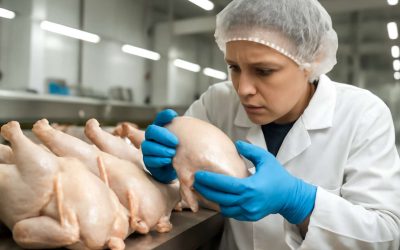
Incubation and hatching are a wonderful way to watch chicken eggs turn into chicks, an experience that can be enjoyed by people of all ages. Whether you’re interested in hatching your own chickens, or as an activity for school children learning about science or other subjects, it’s easy to get started and enjoy the rewarding experience of watching an egg hatch.
Getting the eggs Right
The most important thing to remember when incubating eggs is that they need to be fresh, fertile and vigorous, or else they will not grow into chicks. This means that you should only buy or collect eggs from poultry farmers who are certified in a National Poultry Improvement Plan.
You should also be sure to select eggs that are clean and free from odors. You may want to rinse the eggs if they’re soiled before setting them in the incubator.
Storage and Positioning of Eggs
You need to store your eggs in a cool, damp location before placing them in the incubator. The ideal temperature and humidity conditions for storing eggs are 55 degrees F. and 75% RH. If you have to store the eggs for more than a few days before they are ready for incubation, change the position of the eggs once or twice daily until they’re ready.
During incubation, the embryos need to have access to oxygen, which enters through the shell and escapes through vents as they develop. This requires that the air vents above and below the eggs remain unobstructed so that they can exchange oxygen with the surrounding air.
Once you have the eggs in the incubator, you’ll need to keep them at a constant temperature of 99.5 degrees Fahrenheit. Just one degree higher or lower can result in the embryo dying, so make sure to monitor it regularly and adjust the heat source accordingly.
Humidity Control
The relative humidity of the air in the incubator must be kept at 40 to 50 percent for the first 18 days, and 65 to 75 percent for the last 3 days before hatching occurs. Excessive moisture prevents normal evaporation, which can hinder the development of the embryo.
If the humidity is too high, the fetus will have trouble breathing and will be stressed. During the final days, a small amount of water should be added to the incubator to maintain a suitable humidity level.
Keeping the incubator Clean
Sanitation is essential for incubating eggs and the entire incubator and related equipment should be thoroughly cleaned before each hatching. You can do this by wiping the surface and scrubbing heavily soiled areas with a cloth or sponge.
Incubators come with different temperature and humidity settings, so it’s important to choose the correct one for your needs. You’ll need to measure the temperature and humidity with a thermometer and make any adjustments as necessary.
Incubators can be used for batch hatching, where you set all the eggs at once and then leave them alone until they’ve hatched, or for continuous hatching, which involves adding new eggs to the incubator as they’re hatched. Each method has its advantages and disadvantages, so you need to decide which is best for you before you start.



0 Comments